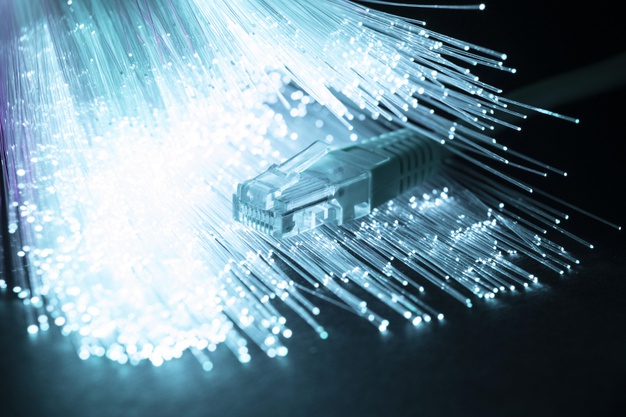Industrial automation is majorly used in two ways; one, it can use to increase productivity and, at the same time, increase the safety and security of the operation of the machinery in the process. In this regard, many small and medium scale industries are using Industrial automation products to increase the productivity of their industries with technology-driven change by the 4th Industrial revolution-McKinsey. Basically, the fourth industrial revolution is a paradigm shift in how the world runs. All the advancements that have taken place in the world are attributed to this change. This revolution has been going on since the second half of the 1980s with the development of PCs, personal computers, Digital movies, Digital phones, Computers, the emergence of the internet, and smartphones.
Types of Industrial Automation
Industrial Automation comprises different automation equipment such as Electronic Speed Control (ESC), Relay, PLC, CNC Machine tools, and PLC converters. Most of the automation equipment is connected to fiber optic cables, so fiber optic cable is popular in the automotive industry. Some of the essential types of automation equipment are ESC, relays, PLC, etc., components of Fiber Optic Cable for Automation Industries. There are different types of features in fiber optic cable. Other types of fiber optic cable are required to connect various kinds of automation equipment such as Relays, PLC, CNC machine tools, etc., in the field of automation. Hence, an essential component of fiber optic cable for industrial automation industries is fiber optic cable.
Why has the Fiber Optic Cable market become so significant?
The importance of data communication is increasing because of the growing usage of high-speed internet and cloud-based systems in the business sector. As a result, businesses are demanding fiber optic cables for their data communication requirements.
What are the current issues and challenges faced by the Fiber Optic Cable market?
The rising growth rate of fiber optic cable is significantly driven by the introduction of fiber optic cable technologies to reduce transmission and distribution losses in the distribution of electrical signals. The growth of the global fiber optic cable market is affected by several restraints.
Factors to Select the Best Fiber Optic Cables For Automation Industries
The selection and application of the cable system mainly depend upon its usage and placement.
Let’s discuss some important factors that must be kept in mind while choosing the best fiber optics cable for industrial use.
1. Installation
According to the industrial setup, cables can be used for indoors and outdoors installations. It mostly depends on where machines are placed.
Deep knowledge of the local climatic conditions and good experience of the crews plays an important role in getting it done in the right way. All the process works according to the layout of the design. Thus, the installation process ensures that they minimize all the hurdles and distance between the utility holes.
2. Construction of the Cable
Before choosing cables for your Industrial Automation, it is important to check the main three things:
1. Whether it sets according to your cable arrangement
2. Range of conductors and insulation.
3. Its final covering and range
Moreover, various cable conductor materials such as aluminum and copper play a vital role in maintaining safety in the environment. The finish process is chosen based on the environment in which it would be installed.
3. Cable Operations
One should always take care while choosing the cables that these cables should withstand from temperature to their loading capacity. Thus, the cable should be choosing from phase to phase voltage. It is also adjustable with the port jackets in the unit. To get the best and effective results, always take advice from the experts.
4. Cable Sizing
Don’t you have any idea about the cable sizing for your setup?
The three things such as current carrying capacity, voltage regulation, and short circuit rating will make your choice easier.
The current carrying capacity is based on the thermal heating, small cable size, how quickly it gets heated. All of these questions help to choose the exact cable size for the best results.
5. Shielding
Shielding or the metallic covering is vital when the electric field in a unit is intense and if there is variation in the generation and distribution of power. It is advisable to get shielding over non-metallic cables operating in excess of 2kV under conditions where radio interference is obliged and where damp conduits, dirty environment with contaminants exist, and safety personnel are required.
Conclusion
Fiber optic cable is a particular type of cable used to transmit signals and data in fiber-optic networks, which are used for transferring large amounts of data to remote locations. Cables with fibers are mainly used for local area networks (LAN). With the help of fiber optic cables, companies can boost the performance of the existing LAN system. It also improves the efficiency of communication systems. Fiber optic cables improve the overall network bandwidth, transmission rate, and reliability, speeding up the business processes. For more information, visit upcom.com.tr for the high-quality fiber optics cable.
